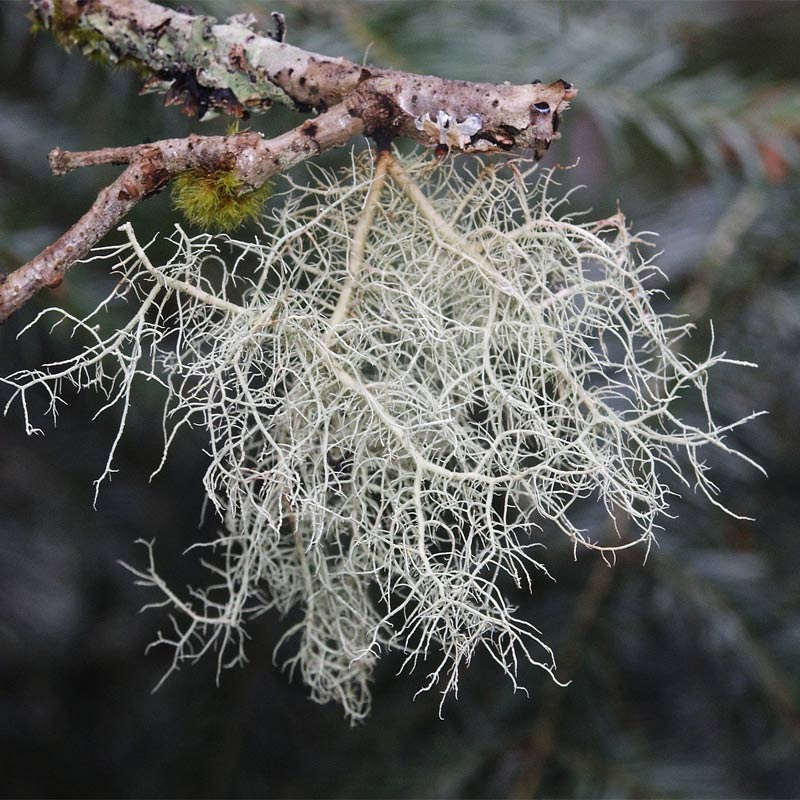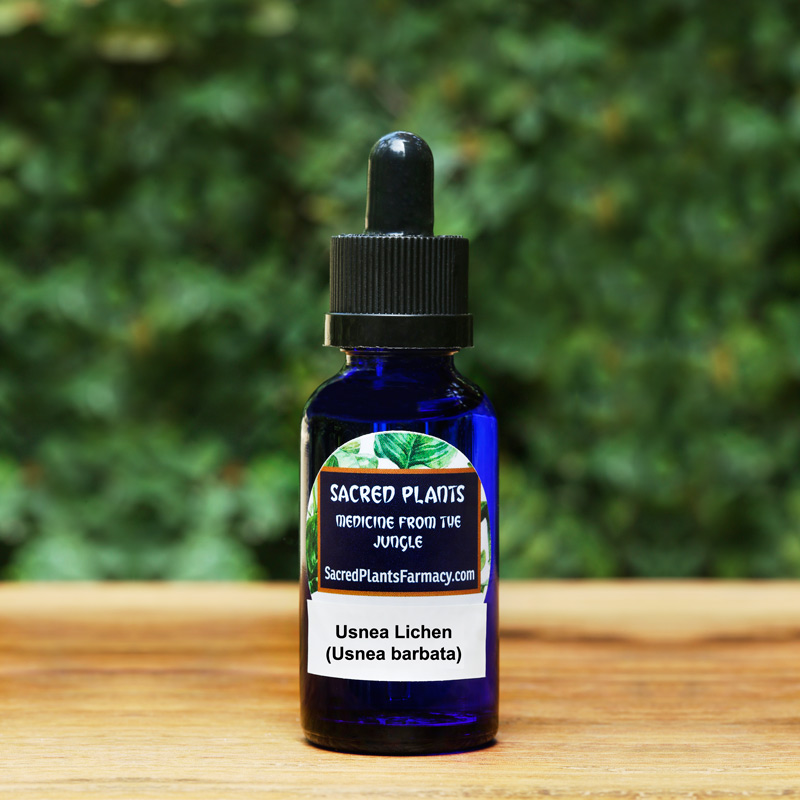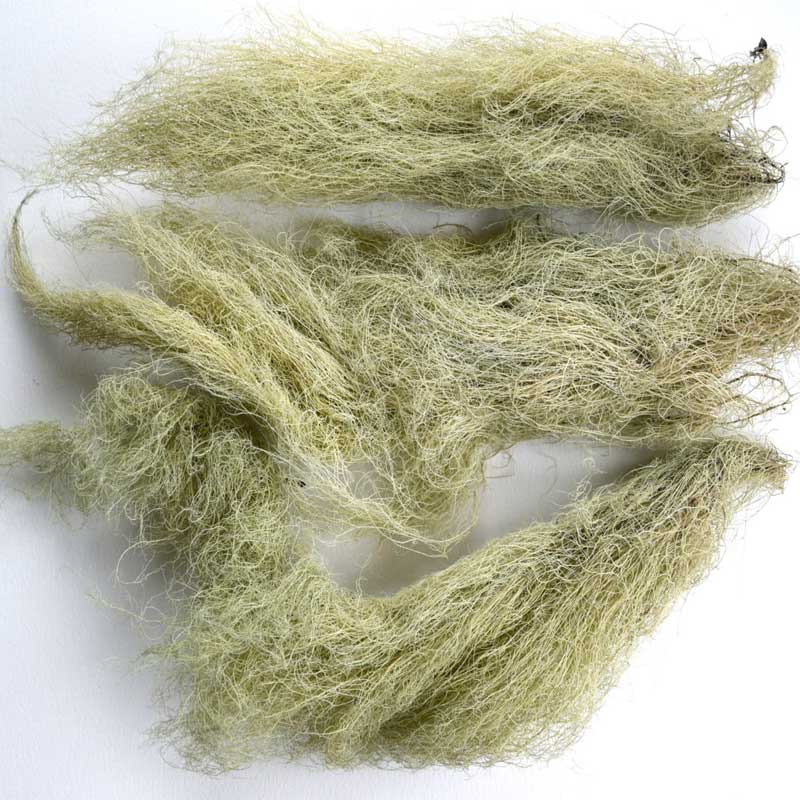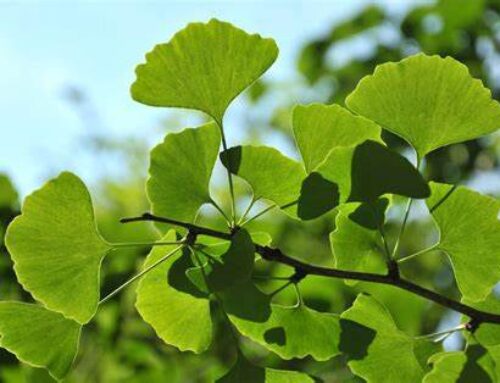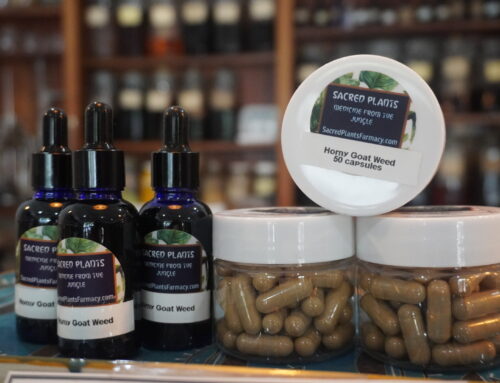- Urinary tract infections
- Respiratory tract infections
- Streptococcus
- Staphylococcus
- Athlete’s foot and other fungal infections
- Lupus erythematosus
- Mastitis
- Pneumonia
- Ringworm
- Sinus infection
- Tuberculosis
- Vaginal infection (trichomonas)
Usnea species are antibiotic and antifungal lichens that hang like little beards from trees throughout the forests of the Pacific Northwest. Thus its traditional name “old man’s beard.” A lichen is not really a plant, but is a fungus and algae living together as a single organism. The fungus provides a rigid structure for the chlorophyll-rich algae, which cover the fungus and provide nutrition for both. Together they produce constituents different from those of either original organism — chemicals with unique antibiotic and antifungal properties to protect the lichen from microorganisms. These compounds are useful for their antibiotic effects in humans as well, especially for urinary and respiratory tract infections, athlete’s foot and other fungal infections. Usnea ointments are common medicinal agents in Europe, used for topical fungal infections. Usnea appears to have immune-enhancing properties as well. European preparations have been shown to enhance resistance to colds and flu (Weiss 1988). Alectoria usneoides, a close relative that is often found hanging from the same tree as usnea, was used in traditional Arabian medicine for a swollen spleen, another possible indication that it affects the immune system favorably. Another related species is used in traditional Chinese medicine for respiratory infections and skin ulcers. Usnea has been used in traditional European medicine for mucous membrane infections, diarrhea, dysentery, and weakness of the stomach (Hobbs 1992).
The usnic acid in usnea is effective against gram positive bacteria such as streptococcus and staphylococcus, making usnea a valuable addition to herbal formulas for sore throats and skin infections. It is also effective against a bacterium that commonly causes pneumonia.
Some clinical uses of usnea in european medicine:
athlete’s foot
bronchitis
colds
bacterial infection
burns
flu
fungus infection
lupus erythematosus
mastitis
pneumonia
ringworm
sinus infection
tuberculosis
vaginal infection (trichomonas).
urinary tract infection
(Source: Hobbs 1992)
Usnea should be taken as a tincture or a salve. I recommend combining it with herbs such as echinacea or osha when treating colds, flu, and sore throats when bacterial infection is suspected. It is indispensable in the treatment of strep throat, and can prevent the need for antibiotics. If your sore throat lasts longer than about a week, and you don’t successfully treat it with herbs, be sure to see a physician. It can also be combined with uva ursi when treating urinary tract infections.
Dose: 15 -20 drops under tongue or 30 drops in small amount of water, gargle and swallow. Can add 2 full pipettes to 2C water and 1/4 cup AC Vinegar to make douche for Vaginal yeast and tichomonas infections.
The statements made within this website have not been evaluated by the Food and Drug Administration. These statements and the products of this company are not intended to diagnose, treat, cure or prevent any disease.

